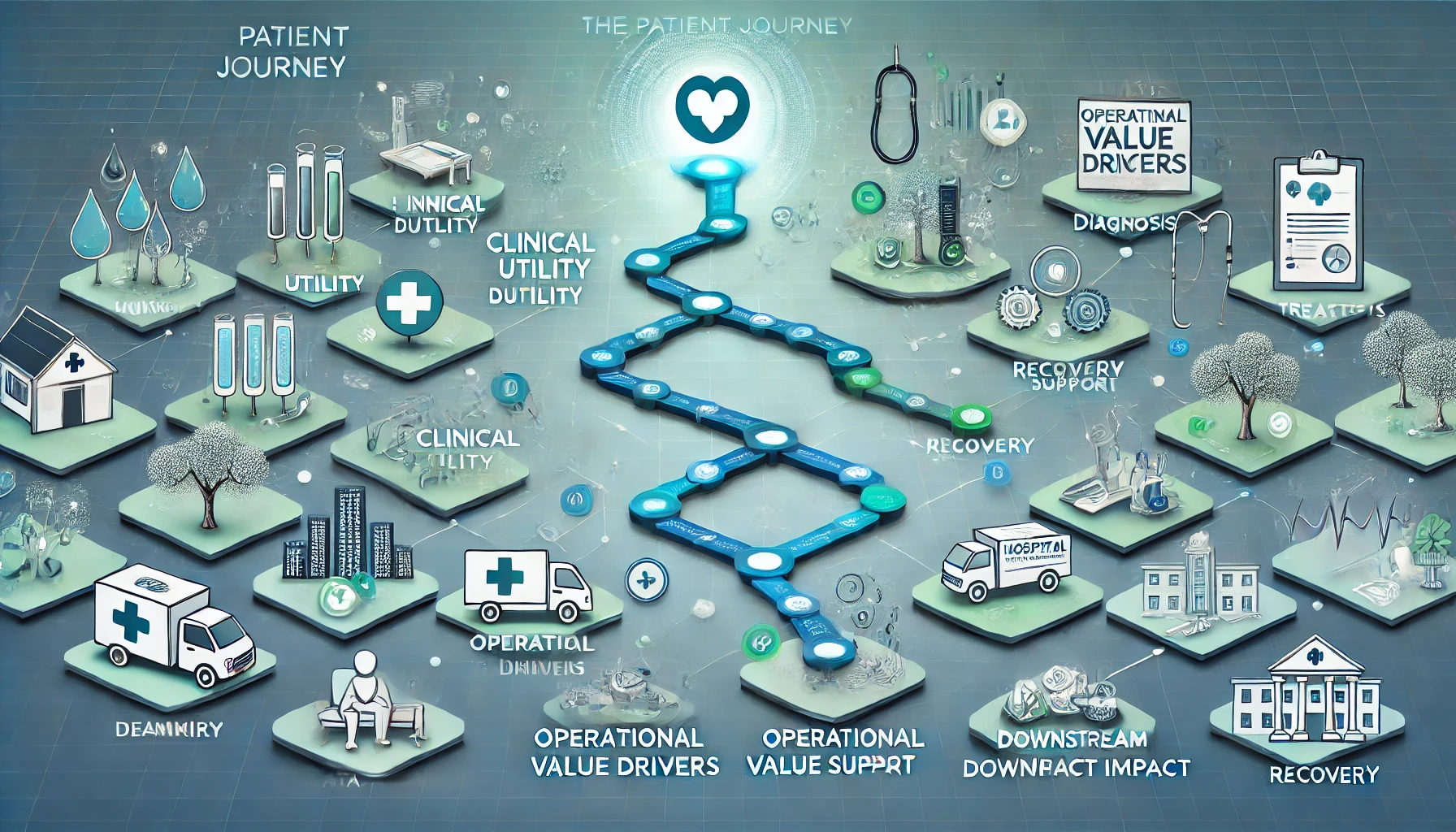The patient journey provides a powerful framework for conducting effective value analysis, helping healthcare leaders connect clinical decisions to measurable outcomes. While service delivery focuses on operational processes, value analysis shifts the conversation toward assessing how innovations impact both patient care and organizational efficiency.
Evidentiary Support: Problem and Value
Evidentiary support forms the foundation of value analysis considerations. By identifying data that links a product or process to improved outcomes—such as shorter recovery times or reduced readmissions—decision-makers can justify the clinical and financial benefits of adopting new solutions. This alignment of evidence with real-world problems is essential for driving impactful decisions.
From Patient-Centric to Operational Value Drivers
Next, value analysis thrives when it bridges patient needs with operational priorities. On one hand, patients care about outcomes like reduced pain and enhanced mobility. On the other, healthcare systems prioritize metrics such as cost containment and efficient use of resources. By integrating both perspectives, value analysis ensures that innovations resonate across all stakeholders.
Considering the Downstream Impact
Finally, no value analysis is complete without considering the downstream impact. For instance, a medical device that prevents complications today can significantly reduce long-term costs, promote patient satisfaction, and improve overall outcomes by avoiding additional procedures or hospitalizations. These ripple effects reinforce the importance of viewing clinical decisions through both short- and long-term lenses.
In conclusion, value analysis is key to connecting the dots between clinical innovation and measurable outcomes. Through thoughtful transitions across patient needs, evidentiary support, and cost management, healthcare leaders can ensure meaningful and sustainable improvements.

